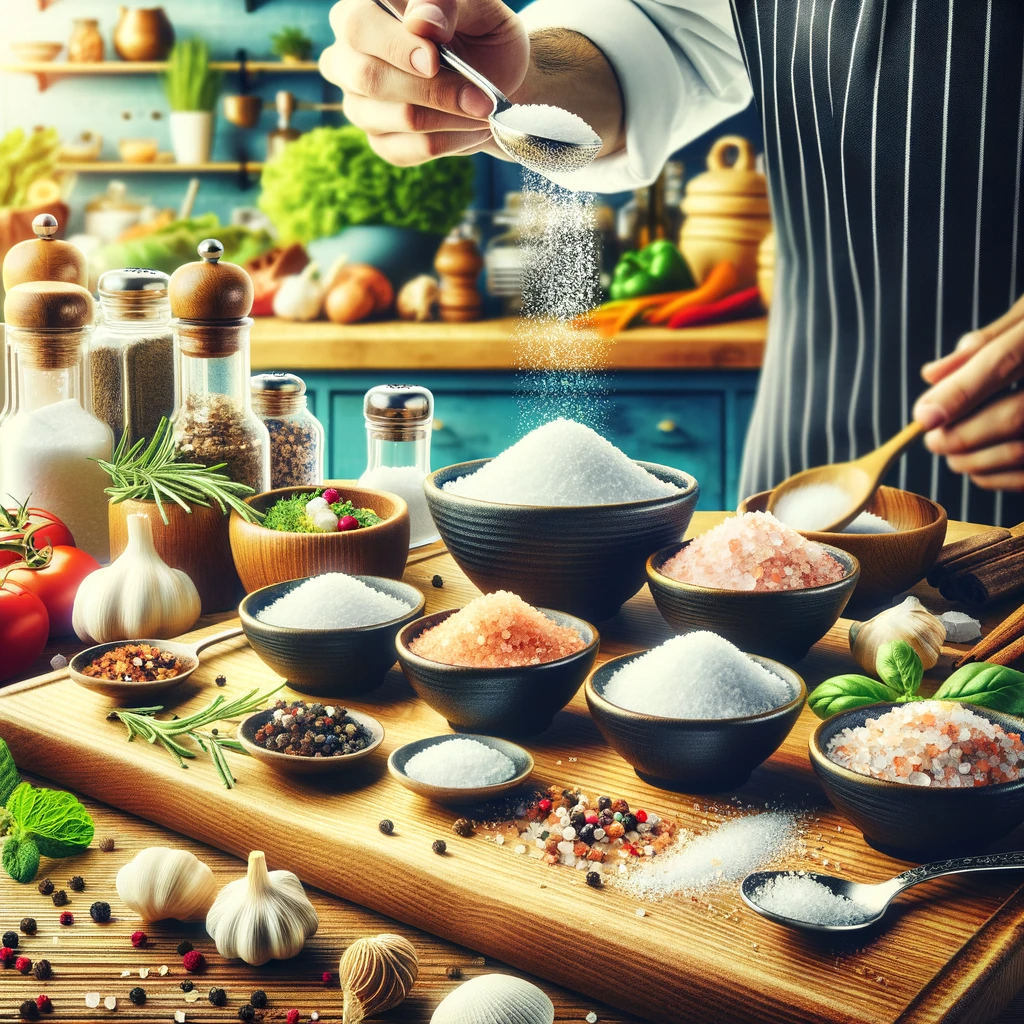Introduction
Salt, a seemingly humble ingredient found in every kitchen, has played a pivotal role in human history. Its uses go far beyond enhancing the flavor of our meals; salt preservation has been a game-changer in preserving food, shaping cultures, and even fueling economies. In this article, we’ll explore the historical and modern applications of salt preservation, shedding light on its significance in our daily lives.
Historical Significance of Salt Preservation:
Ancient Origins: Salt preservation dates back thousands of years, with evidence of its use by early civilizations like the Egyptians and the Chinese.
Food Preservation: Salt was an essential method to preserve meat, fish, and vegetables, ensuring survival during harsh winters or long journeys.
Trade and Economy: The salt trade routes, such as the Silk Road, played a crucial role in global commerce, leading to the development of entire economies.
Cultural Impact:
Salt as Currency: In some cultures, salt was so valuable that it was used as currency, leading to the term “salary” originating from the Latin word “sal,” meaning salt.
Symbolism: Salt has also been used symbolically in various ceremonies, from religious rituals to expressions of friendship and hospitality.
Culinary Diversity: Salt preservation techniques influenced regional cuisines, giving rise to dishes like salted cod (bacalhau) in Portugal and kimchi in Korea.
Modern Applications of Salt Preservation:
Food Industry: Salt continues to be a crucial ingredient in food preservation, extending the shelf life of products like canned goods, bacon, and pickles.
Meat Curing: Salt is used in curing meats such as ham, bacon, and sausages, enhancing flavor and preventing spoilage.
Fermentation: Salt is a key component in fermenting foods like sauerkraut and pickles, where it controls the growth of harmful bacteria.
Cheese Making: Salt plays a role in cheese-making, affecting taste, texture, and preservation.
Health Considerations:
Sodium Intake: While salt preservation is essential for food safety, excessive salt consumption has been linked to health issues like hypertension.
Balanced Diet: It’s crucial to strike a balance between preserving food and maintaining a healthy diet by monitoring salt intake.
Alternative Preservation Methods: As awareness of health concerns grows, there is a growing interest in alternative food preservation techniques that reduce salt usage.
Conclusion:
Salt preservation, with its rich historical background and modern applications, remains a cornerstone of our culinary world. From its vital role in ancient trade to its continued importance in the food industry, salt preservation continues to shape cultures and cuisines worldwide.
As we enjoy the flavors and benefits of salt-preserved foods, it is essential to be mindful of our salt intake and explore alternative preservation methods to ensure a healthy and balanced diet.
